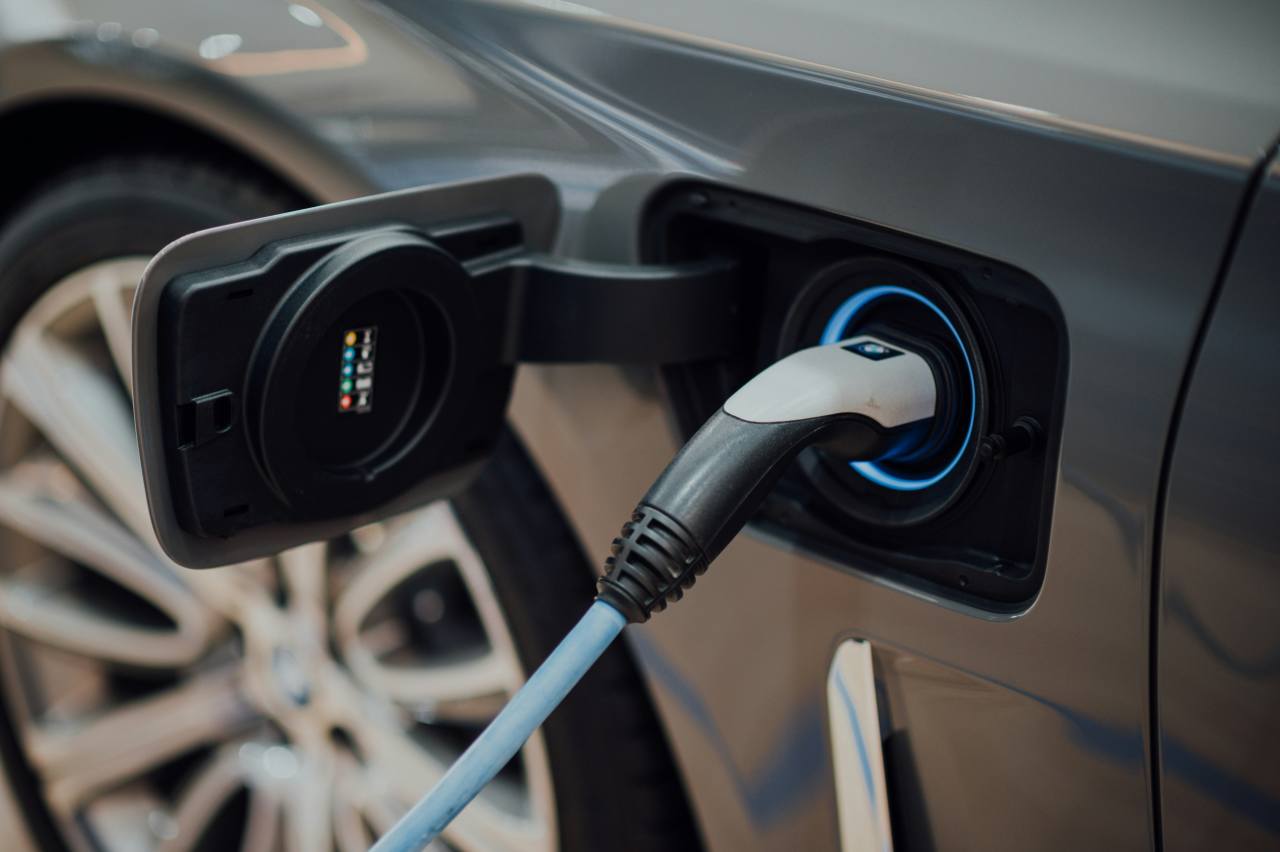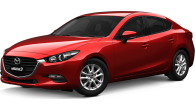The remarkable thing about the Toyota Camry hybrid is how unremarkable it is. And that's not meant to sell the clean and green sedan short either.
The efforts of Toyota Australia's local engineering boffins have delivered a car that is fun to drive and economical, yet has practical real-world space for a family and kids. Compared to the regular 2.4-litre petrol model, the hybrid feels more secure on the road, quieter, and more confident when pushed through corners.
Toyota's operations manager, engineering, Phil King, says the company took the best from the Thai-built version of the car and engineered it for Australian conditions. The suspension settings are not quiet Sportivo but a cut above the entry Altese petrol model.
"We did discuss at the start of planning what a hybrid should be, in the sense of whether it should be a comfort car or sporty," King says. "We decided we were not going to do a Sportivo and the car will be highly specced, not a bare bones vehicle."
King and Toyota chassis engineer Paul Diamandis were among the team who fine tuned the car, throwing some Australian dynamic know-how to the suspension, steering and handling. The move has transformed the car into what King describes as the best execution of the global Camry hybrid. "We've tried to get more control with the body, which makes it a more pleasant drive," King says.
The new electric power steering, recalibrated suspension and better weight distribution all contribute to greater on-road poise. "It's certainly better than the American version," King says.
The addition of the 50kg battery pack in the boot has added some weight but it now helps the car's balance. The hybrid is between 60kg and 70kg heavier than the standard petrol car, depending on the spec. With the battery pack in the boot Toyota has almost achieved the holy grail of vehicle dynamics - perfect weight distribution.
The standard 2.4-litre four cylinder front wheel drive petrol version's weight split is 60/40, while the hybrid is closer to 55/45. This translates into a more secure turn-in into corners and the extra weight evens out the ride over rougher roads.
In side-by-side standing starts the hybrid accelerates as quick, if not quicker than the petrol car, thanks to the seamless power delivery of the CVT gearbox. There's 30 per cent more torque on tap which translates into better zero to 100km/h acceleration. The bonus of a better ride and more dynamic feel through the steering and suspension does come at a cost though. The battery pack eats into boot space.
You can still load through items but the opening is restricted. The petrol fuel tank has also slimmed down in size from 70 litres to 65 litres.
King is clearly proud of Toyota's efforts with its version of the global green car. "It's a green car but still a family car," he said. "I suspect there are some large-car buyers who wouldn't be seen in a Camry but this will change their minds," King says.
The fuel-miser sedan arrives in showrooms next February with pricing from around $33,000. It is tipped to be available in two models, an entry Altise-based model and a luxury version, similar to the Prius i-Tech.
Toyota Camry 2010: Hybrid
| Engine Type | Inline 4, 2.4L |
|---|---|
| Fuel Type | Unleaded Petrol/Electric |
| Fuel Efficiency | 6.0L/100km (combined) |
| Seating | 5 |
| Price From | $7,700 - $10,890 |
| Safety Rating |
|
Pricing Guides






















.jpg)














.png)


.jpg)

.jpg)